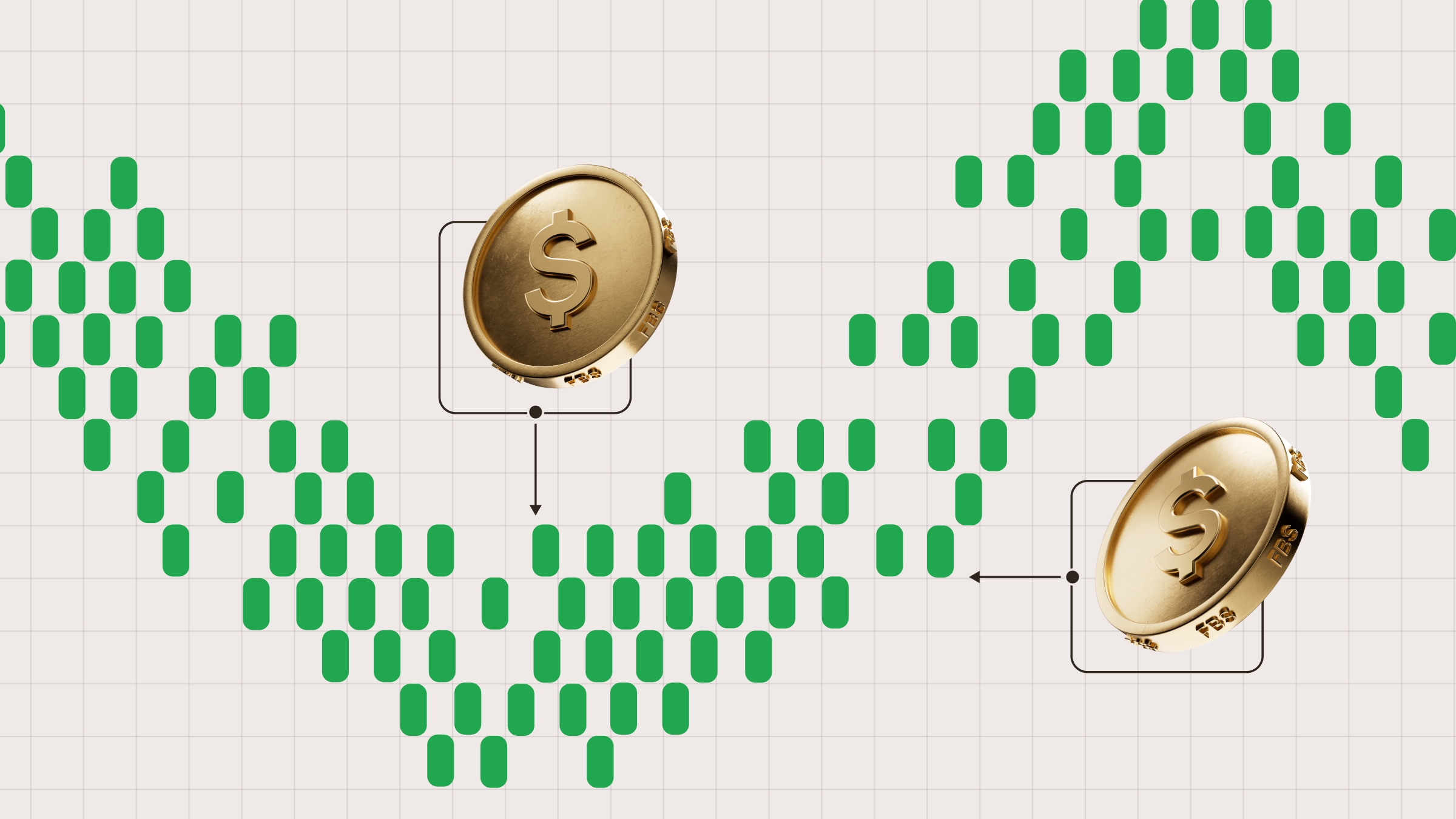Functional pillars of financial markets
Capital formation and allocation
Markets convert domestic savings into productive investments. They connect people and institutions with surplus funds, like households, banks, or pension funds, to those who need funds, like companies or governments.
How it works: a company issues shares or bonds to raise money it needs to expand, investors purchase these assets — they provide capital in exchange for ownership or regular interest payments. It helps fund everything from new factories to technologies and infrastructure.
Price determination
The fair value of financial assets (like stocks, bonds, or currencies) can be determined through supply and demand interaction. Today’s market deals with microsecond-level changes, and streaming quotes and trade reports boil discrete data down to real prices.
How it works: The price goes up or down as many investors want to buy or sell a stock. These changes reflect investors’ sentiment, interest rates and other economic conditions.
Risk transfer and hedging
Financial markets provide valuable tools that allow parties (individuals, institutions, governments) to manage and transfer risk. It’s one of the ways to stabilize income and protect against unexpected losses.
How it works: Diversification and using derivatives like futures, options, or swaps can hedge against sudden price changes. Airlines offset jet fuel exposures with Gulf Coast ULSD cracks; pension funds match liabilities against risks with interest rate swaps; asset managers use currency forwards to minimize currency volatility. All these transactions turn particular risks into tradable instruments and lock in the stability of cash flows.
Liquidity provision
Liquidity is essential for all the participants in the market. It refers to how easily and quickly an asset can be bought or sold without affecting its price, and financial markets create a space to ensure this process is smooth. Their demand and supply spread quote determines how quickly parties can convert assets into cash.
How it works: There are more and less liquid markets, for example, major stock exchanges are very liquid, so trades can happen instantly. High liquidity attracts more and more participants and makes trading and investing less risky.
Macroeconomic data and signaling
You can get real-time signals about the health of the economy, investor sentiment, and expectations about inflation, interest rates, and growth. The effectiveness of the decisions and policies relies on this information gathered in the market.
How it works: For example, an inversion of the yield curve predicts a slowdown in economic growth; a rise in credit default swap (CDS) spreads signals doubt about solvency; central banks and policymakers monitor markets to shape monetary and fiscal policy.
Market experts who handle the markets
There are several key players driving the market:
Institutional investors. These are large organizations that invest money on behalf of clients or members: pension funds, insurance companies, mutual funds, and endowments, public investment funds. They manage portfolios of stocks, bonds, real estate, and other assets. Institutional investors are involved on a larger scale: they dictate the terms of long-term transactions and determine the prices, providing liquidity and stability of the market.
Dealer banks (like JPMorgan or Goldman Sachs) and market makers are always ready to buy or sell and profit from the spread, so they too maintain liquidity. They are at the center of financial action, managing intra-day risks and distributing the flows at the same time to minimize the leaks of information. Their operating processes continually optimize the spread and reduce transaction costs for other participants.
Hedge funds and private trading firms are privately managed investment funds that use complex strategies to generate high returns for wealthy investors or institutions. From statistical arbitration bureaus using millisecond errors of joint integration to macrofunds using options with a large number of bulges, these participants provide the ultimate liquidity that equalizes valuations in different markets.
And last, but not the least — retail traders, who buy and sell stocks, ETFs, index funds, crypto, and other assets using personal funds, typically through online brokerage platforms. They may not have huge turnover, but they create depth, especially in single stock options, where retail trade flows now affect intraday volatility. Employing social media and easy-to-use platforms make them important participants in the market these days.
How financial markets affect the real economy
Financial markets influence investment decisions, consumer behavior, and overall economic stability. It wouldn’t be an exaggeration to say that they shape the real economy and, therefore, lives of individuals and institutions. So what do they do?
They facilitate the flow of capital, driving economic growth. The rise of any successful business is fuelled by substantial investments from capital markets.
Market performance can influence consumer behavior, especially through stock and housing prices, which affect how much people spend.
They guide company investment and hiring decisions based on interest rates and credit conditions.
Monetary policy mostly depends on market expectations behind bond futures (like Fed bond) or interest rate curves (like EURIBOR, for example).
Fiscal policy effectiveness depends on how much it costs for a country to borrow money in the bond market.
Take this example: the sudden drying up of currency trading in emerging market nations can spur a chain reaction. It causes the narrowing of United States high-yield spreads, because the risk ratio decreases, which will prompt a portfolio rebalancing. The result is the establishment of financing conditions in the primary markets. So, on a global scale it’s all connected, and the impact of financial markets on the real economy is immediate.
Summary
Dealing with the microstructure, functions and dynamics of every financial market is a necessity for every investor and trader. Financing spreads, execution costs, collateral cuts, and underlying risks all have to do with the microstructure of the market and the behavior of everyone who takes part in it. Understanding the intricacies of financial markets, this nervous system of economy, enables professionals to allocate capital, hedge risk, and ultimately create solid flows of profit more effectively.
